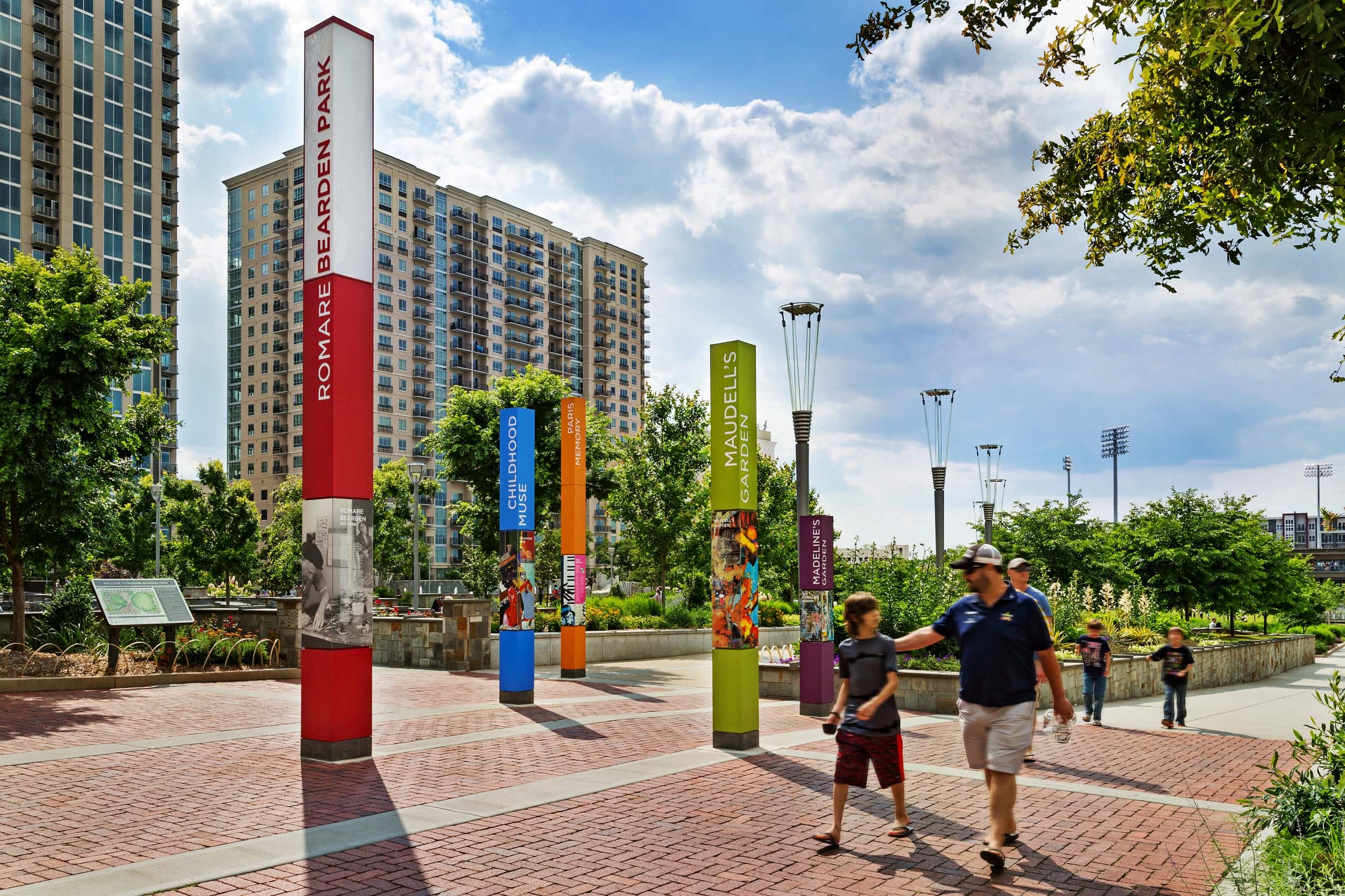Imagine a world where cities were designed for the pedestrian; where both 8-year-old children and 80 year old grandparents could walk or bike safely; where every child has the luxury of a park or play area within a quarter mile of their house; where adults over the age of 65 felt inclusive in their community. This dream is possible and it’s the notion behind Gil Penalosa’s, internationally renowned urban expert and founder of 8 80 Cities, speech at the Knight Foundation Leadership Breakfast. Gil spoke to a room full of politicians and planners, designers and developers about the imperative sense of urgency behind initiatives and implementation strategies relating to urban public space to plan for a better quality of life and tomorrow’s progress.
Two hundred years ago, human life expectancy was 39-years-old. Technology, medicine and other factors have contributed to extending the life expectancy well beyond that figure. Half the people, in the world’s history, over the age of 65 are alive today. Our world has seen an exponential human growth rate: 200 million people were alive in 1900; 3.5 billion in 2015; and 7.0 billion are estimated for 2050. Yes, we will double our world’s population in a 35 year time period. This isn’t science fiction, folks. This is pure growth projection.
You may be asking, well how does this affect Charlotte, NC? Charlotte ranked highest in population change in the last 20 years and is estimated to grow by 70% in the next 30 years. The numbers are astounding. Mecklenburg County had 90,685 residents over the age of 65 in 2012 and that number is expected to be 204,653 residents by 2030—a 126% growth! Our cities must be designed for people of all ages, not just for the healthy, athletic 30-year-olds.
So, what can be done to improve the quality of life for everyone? If you answered expand the highway network and add more cars on the road, well I’m sorry to say but you answered wrong. You see, 27% of all trips are less than a mile. That’s a great reason to walk or bike to your destination, by incorporating alternative, healthy modes of transportation into your daily life. The unfortunate and alarming news is that 1 in 3 people in the United States are obese; 60% of people over age 65 are obese; and 28% of Mecklenburg County falls in that category. Now let’s focus on how design and planning decisions can make change happen to alleviate this epidemic.
Step 01. Walking is inherently human. Birds fly, fish swim and humans walk. It should be safe for all people to walk in a city. I mean every trip begins and ends with walking, right?
Step 02. The biggest tax cut we can give to city residents is the luxury of creating a place where families are not required to have a second car.
Step 03. Streets encompass 15-20% of cities and 70-90% of public space. The way we design our streets is critical to changing the urban landscape and quality of life for our community. People should be the first priority, not cars.
Step 04. Slow down the speed limit. Pedestrian and bike crashes are at an all-time high in the last 13 years. If someone were to be hit by a car traveling 20 mph, the death rate is 5%; 40% at 30 mph; and 80% at 40 mph. The numbers speak for themselves.
Step 05. Safety first. A minimum grid of protected bike lanes is a must. Also, giving the pedestrian and cyclist a 5-second headway allows a head start when crossing a road and helps deter confusion with drivers.
Step 06. Design for all in mind. Adults over the age of 65 are the largest portion of the demographic sector that use parks. Less than 20% of parks have a walking loop, which is the single most important feature in a park. Benches are second, then programming. Alongside children, the 65+ group is a great resource to tap into; we must provide places that cater to intergenerational mixing, creating a city for all people.
To conclude, Gil stated, “We are too focused on the urgency of today, but we must be looking at the issues for tomorrow.” We must plan accordingly and create vibrant and healthy cities. Gil mentioned there are 5 elements of change:
- Sense of urgency
- Political will
- Doers
- Leadership
- Citizen engagement
These changes contribute to decisions that are not technical or economical, they are political. Gil stressed this is not a Democratic or Republican issue — we must work together to create a city for the people, not for the issues. “Citizens are paying every two weeks for our government to get something done, not to create excuses.” If we care about each other, we care about our city.


